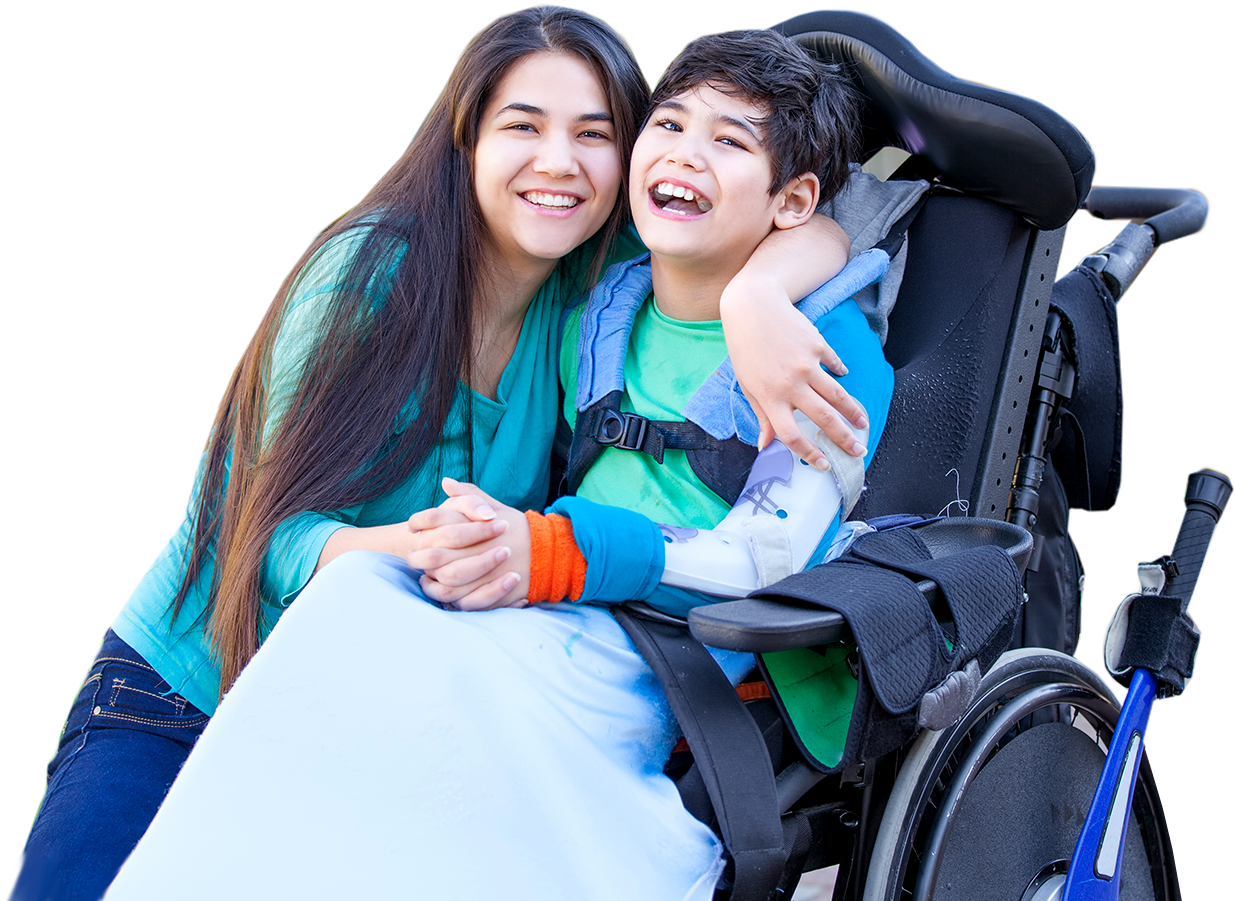Equipment
advice to better care for your child

- Alternative
- Assistive Technology
- Associated Conditions
- Birth Injury
- Causes of Cerebral Palsy
- Cerebral Palsy Diagnosis
- Cerebral Palsy Information
- Cerebral Palsy Therapies
- Cerebral Palsy Treatments
- Child Development
- Doctor Visits
- Education
- Equipment
- Featured
- Legal Help
- Medical Research
- News
- Patient Care
- Prenatal Care and Childbirth
- Stories
- Tips for Parents
- Types of Cerebral Palsy
- Updates
Posts in 'Equipment'
Adaptive Bikes for Cerebral Palsy
Children with cerebral palsy experience symptoms such as weak or stiff muscles that are difficult to control. This presents unique challenges as children learn to move independently and interact with peers. Certain physical therapies and pieces of equipment can help children with CP strengthen and control their muscles. Adaptive bikes provide not only physical benefits... Read More
Equipment for Cerebral Palsy
Once a child receives a diagnosis, caregivers and doctors can work together to find out what the child can use to be able to live as normal of a life as possible. A variety of equipment is available that can assist with a variety of issues, such as mobility, balance, and communication. Many devices also... Read More
Adaptive Devices for Cerebral Palsy
Children with cerebral palsy face unique challenges in daily tasks, but adaptive equipment devices may make completing daily activities more manageable. Technology and other devices are available to assist with self-care activities such as dressing, bathing, grooming, and feeding, while adaptive toys offer body awareness and ways to interact with others and have fun. Benefits... Read More
Augmentative Communications for Cerebral Palsy
Augmentative communication devices enhance communication for those with cerebral palsy by augmenting their speech patterns, gestures, and vocalizations. They may improve communication and allow those with cerebral palsy to make new connections with family members, friends, and others in their community. Read on to learn about the many kinds of communication devices for cerebral palsy... Read More
Ceiling Rails for Cerebral Palsy
Children with cerebral palsy may need additional support to comfortably walk or transfer into a mobility aid. A ceiling rail system can include support harnesses and lifts that might make it easier for cerebral palsy patients to navigate their homes comfortably. What Are Ceiling Rails? Ceiling rails are durable tracks mounted to the ceiling that... Read More
Orthopedic Equipment for Cerebral Palsy
There are many devices and types of assistive equipment available for children with cerebral palsy. Some of the most common orthopedic devices used in the treatment of cerebral palsy are leg braces, foot braces, walkers, and therapy mats/balls. Read on to learn more about how these devices can help your child thrive. Special Tomato Sitter... Read More
Orthotics for Cerebral Palsy
Specialized or adjusted shoes and orthotics can make a world of difference in the life of a child with cerebral palsy. Read on to learn all about the best shoes and orthotics and how they can most benefit your child. Selecting the Best Footwear If your child requires a lower-body brace, it can be challenging... Read More
Prone Standers for Cerebral Palsy
A prone stander is a supportive device that can help children with cerebral palsy maintain an upright or nearly upright position. There are many benefits to this type of support, from added stability to enhanced hip stabilization. Prone standers are easily adjusted to accommodate the unique needs of each child while offering as much or... Read More
Supine Standers for Cerebral Palsy
Children with cerebral palsy have difficulty controlling their muscles, which can make standing impossible. There are many types of standers and mobility supports on the market that are designed to help patients with cerebral palsy stand, move, and interact at head height with those around them. A supine stander is a highly supportive device that... Read More
Wheelchairs for Cerebral Palsy
Cerebral palsy can lead to challenges that make it difficult for children to walk on their own. As symptoms and severity of CP vary, different types of wheelchairs may be most appropriate for different children. A wheelchair may make everyday activities easier for children with CP, improving the quality of life for both the child... Read More
